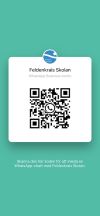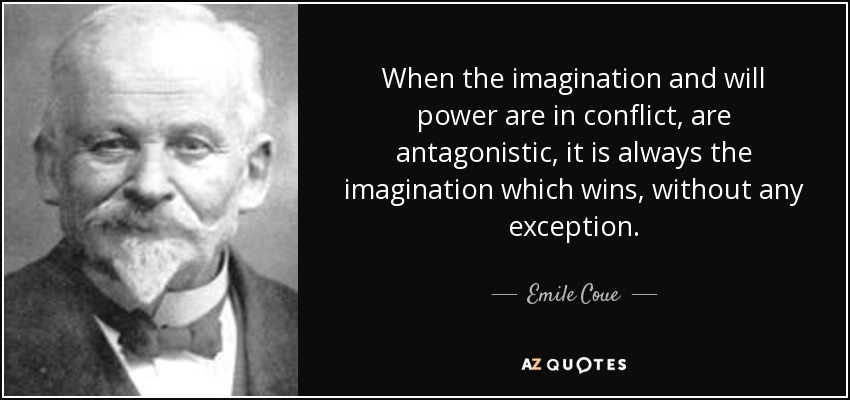- Home
- Teaching in English
- How to explore and learn to learn - again
Exhortation on the cover page of the textbook
"Theory gives you a broadened horizon
and a deeper understanding
of the practical lessons and
the practice thus becomes more effective.”
Under construction
Contents
| § | Subject |
|---|---|
1 | How to learn - again |
"The awareness correlates between the intention to achievement"
“One part of the self explores another part of the self.”
– Yochanan Rywerant
Disclaimer:
Feldenkrais lessons are intended for personal development and are not intended to replace professional help or medical treatment. The lessons are explored under your own responsibility and I Eva Laser cannot be held responsible for any discomfort or injury that may occur.
How to Explore
Here are the practical rules that constitute
the Feldenkrais way of exploration and learning.
● You acknowledge that learning and life are not the same thing.
● You look for a pleasurable experience.
● You practice slowly.
● You complete easy simple actions.
● You reduce effort. It is easier to feel differences when the effort is small.
● You switch between details and the whole and relate to the room.
● You don't try to do the exploration well, nice and right.
● You don't say at the beginning what the final goal will be.
● You do a little less than you are capable of.
● You don’t force yourself to be efficient.
Last in deed first in thought
Moshe Feldenkrais discovered auto-suggestion or self-hypnosis during the time of his knee injury. He delved deeper into and adhered to the approach underlying hypnosis throughout his life. Hypnosis is distinct from mindfulness, as it activates different parts of the brain. Coué also reminds us of the importance of how our speech to and about ourselves sounds; it is what we hear with both ears if spoken out loud.
The attitude towards the self is nurtured during the lesson so that it comes into play more and more often. It rhymes with self-love.
The Floor
During lessons, the floor is used as an active part of the learning process. Lying down is safe; one cannot fall in a lying position, and the anti-gravitational muscles can rest or be involved in other functions. But not only the floor—the walls and the ceiling, and how the self relates to the spatial environment, are part of the exploration. The self is constantly in a dynamic relationship with its environment, and making this communication and connection visible is part of the lesson content.
The Movement
The tool in a Feldenkrais process is movement, which is the concrete, observable component of action. The self moves exploratively and intentionally in the environment, noting the position of all its parts in relation to each other and to the environment.
The Inquiry
“Know what you are doing, and you can do what you want.” This guiding quote by Moshe Feldenkrais is a call for inquiring and exploring the unknown to improve our abilities to survive in the broadest sense of the word. Lessons are formed around questions, sometimes stated, sometimes unstated, and always seeking clarifications.
The Non-Habitual
Each lesson should address curiosity and be somewhat complicated, unclear, and confusing at first, to create new clarity over the course of the approximately 45-minute process. To break ingrained patterns, the non-habitual is addressed, allowing new synapses to form and facilitating learning.
The Learning
Ultimately, we seek a learning process that becomes so integrated that we can rely on automatic and unconscious control of good actions. This approach is less energy-intensive and serves our survival more efficiently than the attentive control required in the earlier stages of learning.

Eva Laser
Mobil: 070 655 04 70
Swish: 123 412 67 51
Besöksadress: Lostigen 14 Bergshamra, 170 75 Solna
e-post:

Krypterad app
för företag
070 655 04 70
Viktiga Länkar
somatik.se informerar kring feldenkrais i allmänhet och verksamheten på Feldenkrais Skolan i synnerhet.
Hemsidan ger läsaren en möjlighet att bekanta sig med teorin bakom feldenkrais,
väcka nyfikenhet och förmedla
allvar och möjligheter.

